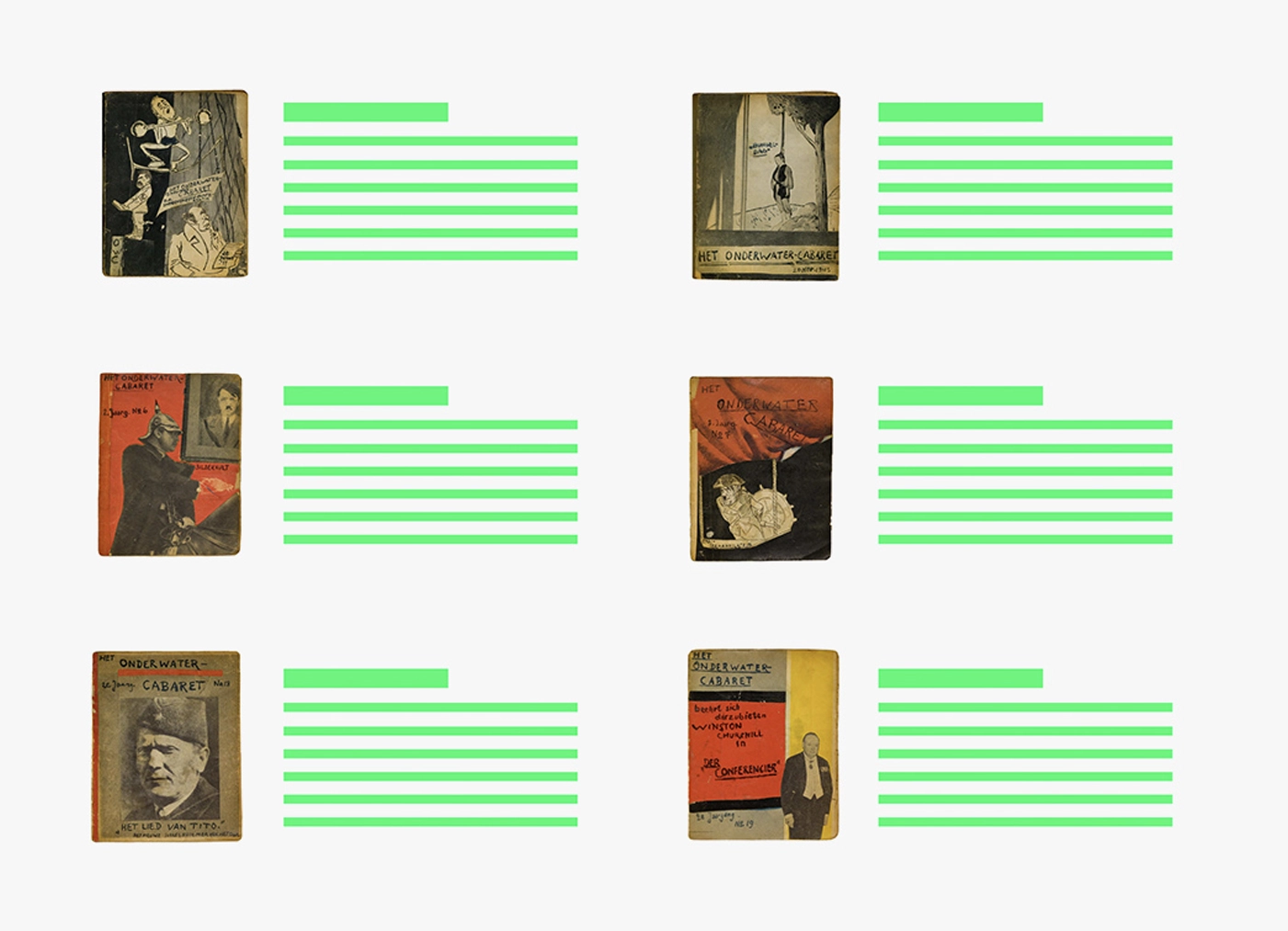


May 13, 1944
Introduction to the content
Bloch begins this issue by commenting on a Nazi news item. The upbeat picture it paints is of German resilience and determination in the face of destruction. Despite bombing and the destruction of numerous cultural institutions, in Berlin musicians play amidst the rubble and lectures take place in basements and under the open sky. Bloch depicts this decline in the quality of life in the poem German Cultural Life in 1944 and concludes: “It wasn’t expected to be this bad, / They have been deprived of everything, / This is how far Hitler has brought them.”
Hitler’s Secret Weapon is a poem that reflects on a news item which reports that rumors are swirling, and speculation is mounting. Can the Allies breach the Atlantic Wall, the Germans’ supposedly impenetrable defense? Are the Germans secure from the Allied attack? The article further reports that behind the wall the allies will find one more secret retaliatiory weapon of the German defense system. Curt Bloch considers the claims about such weapons to be bluffs from a bunch of blowhards. He knows: “They will never achieve victory, / Defeat is not far away.”
The caption below a photo of the Rembrandt house in Amsterdam claims the Nazis preserve “Dutch cultural values.” In fact, early in the Nazi era the Dutch painter Rembrandt Harmenszoon van Rijn was declared a “genuine Aryan and German.” However, not much later, at the National Socialist era “First Meeting of German Museum Directors” in 1937, Rembrandt was declared a “degenerate ghetto artist,” whose works, along with those of contemporary artists in German museum collections were confiscated and sold. Despite Hitler’s awareness that many of Rembrandt’s subjects were people from the Jewish quarter in Amsterdam, he claimed to hold the artist in high regard. Bloch describes the terrible irony, “madness of this time”: those “who once served as models for Rembrandt, / have been taken away and killed” and “Rembrandt’s spirit was stifled.”
The poem “Old Fighters” and the photo montage on the title page refer to Adolf Hitler’s comrades who gather annually for a march in front of the Feldherrnhalle in Munich. Bloch describes these long-serving supporters of der Führer as the “scum of the proletariat,” “free from all humanity” “train of neglected individuals” with “convict faces,” who consider themselves part of a noble race. In light of recent developments in the war, Curt predicts: “The pigsty will soon be cleared out, / The Nazi era is coming to an end!”